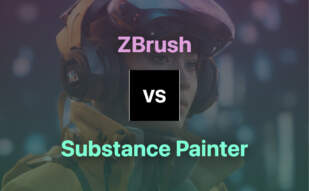If you’re an aspiring 3D artist operating on a budget or new to the field, Mudbox’s superior sculpting features and cost-effectiveness make it a compelling choice. However, if texture painting and real-time PBR material workflows are primary concerns, Substance Painter’s cutting-edge capabilities and gaming industry clout are hard to ignore.
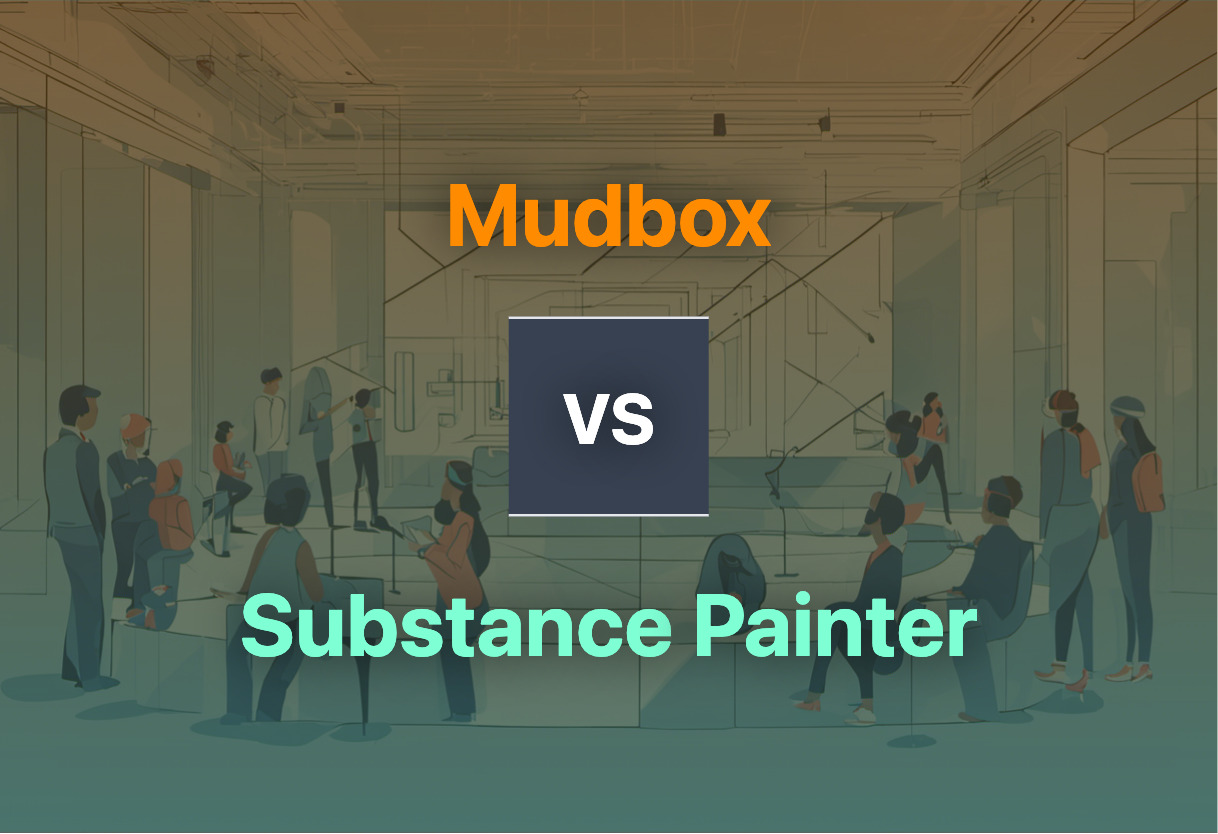
Key Differences Between Mudbox and Substance Painter
- Mudbox boasts superior digital sculpting tools, while Substance Painter excels in texture painting and PBR workflows.
- Mudbox is cost-effective, pricing at $90/year with a free 3-year license for students, whereas Substance Painter is pricier for individual game developers.
- Mudbox offers a non-destructive workflow allowing alterations without permanent changes, versus Substance Painter’s real-time material workflows.
- Mudbox is prevalently used by renowned studios like Epic Games, Blur Studio, and on major film projects, while Substance Painter is adopted by leading gaming companies like Capcom, Activision.
| Comparison | Mudbox | Substance Painter |
|---|---|---|
| Initial Release | February 2007 | 2014 (via Adobe acquisition) |
| Primary Use | High-resolution digital sculpting, texture painting, displacement map creation | 3D texture model painting, making realistic textures and meshes |
| Preferred Industry | Film, 3D animations | Game development |
| Unique Feature | Powerful sculpting tools with Catmull-Clark subdivision algorithm | Advanced masking, procedural texturing, and PBR material workflow |
| Editing Capability | Non-destructive workflow allowing addition, removal of detail without permanent changes | Possible painting both on 2D maps and 3D models in 3D viewport |
| Pricing | $90/year (Subscription) Free 3-year licence for students | Higher but considered equatable to Mudbox, cheaper than Mari |
What Is Mudbox and Who’s It For?
Mudbox, created by Skymatter and developed by Autodesk, is an efficient digital sculpting software that earned its merit working on iconic films such as The Lord of the Rings trilogy and King Kong. With its vast arsenal including powerful sculpting tools and brushes, Mudbox stylishly streamlines the process of creating detailed 3D models from a simple polygon base mesh. This software caters to a vast crowd, including budget users, 3D art newcomers, and experienced professionals from renowned companies like Epic Games and Blur Studio.

Pros of Mudbox
- Powerful sculpting tools and brushes
- Cost-effective
- Integration with other Autodesk software
- Non-destructive workflow
- Ability to add intricate details to models
- Annual subscription priced at $90/year
Cons of Mudbox
- No new features or bug fixes since 2020
- May require basic knowledge in 3D modelling
What Is Substance Painter and Who’s It For?
Substance Painter, developed by Allegorithmic and enhanced by Adobe, is a mighty 3D painting tool. Essentially the Adobe Photoshop for 3D design, this advanced software focuses on creating and texturing 3D models. Its capabilities extend to generating detailed meshes and textures in the gaming industry, with giants like Capcom and Activision being frequent users. Substance Painter is suitable for digital three-dimensional artists, game artists, and individual game developers looking for a comprehensive 3D design tool.
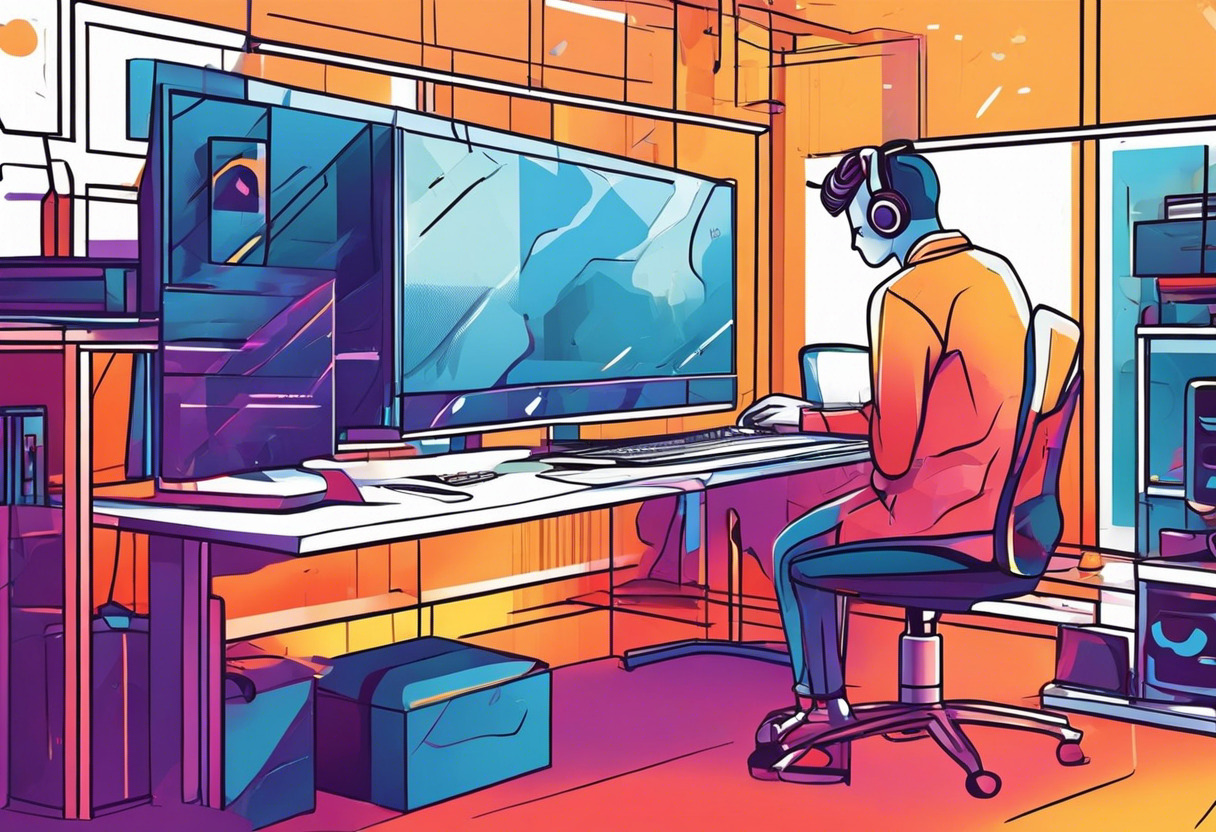
Pros of Substance Painter
- Enables painting on both 2D maps and 3D models
- Compatible with game engines
- Valuable for game development
- Provides training tutorials
- Supports painting across UV tiles
Cons of Substance Painter
- Priced higher for individual developers
- Requires a properly UV unwrapped polygonal model for painting
Mudbox vs Substance Painter: Pricing
While Mudbox offers an economically accessible solution at $90/year, Substance Painter sports a more premium pricing model catered to individual game developers and typically bundled with Substance Designer for $700.
Mudbox
Mudbox, as a cost-effective digital sculpting software, is designed with affordability in mind, specifically devised for budget users and 3D art novices. The software offers a competitive subscription service price at $90 per year. An additional perk for its user base is a free 3-year license for current students, providing a budget-friendly entry point into the realm of 3D sculpting and painting.
Substance Painter
Substance Painter, on the other hand, scales higher on the pricing spectrum. While it’s a potent 3D painting platform used extensively in the gaming industry, it flaunts a more premium pricing model. Highly regarded by individual game developers, Substance Painter is often considered a worthy investment for its class-leading capabilities. Although its pricing can be equated to similar software like 3D-Coat and Mudbox, it is cheaper than Mari. Its pricing is typically considered in a bundle offer with Substance Designer, rounding up to a total cost of $700.
The Final Verdict: Mudbox vs Substance Painter
As we dissect the capabilities of both Mudbox and Substance Painter, let’s determine their effectiveness for various audience segments based on their specific needs and resources.
3D Art Newcomers
Mudbox stands as the ideal choice for beginners in the realm of 3D sculpting and digital arts. Its powerful tools, intuitive interface and compatibility with Autodesk’s other software products make it perfect for those starting their journey in 3D. Furthermore, its non-destructive workflow offers the much-needed safety net for beginners.

Affordability-Led Users
If pricing is your foremost concern, Mudbox emerges as a clear winner. With a subscription-based model that costs a competitive $90 per year, it proves far more cost-effective compared to Substance Painter. Not to mention, they offer a free 3-year license available for current students, another boon for budget-strapped artists.

Game Development Professionals
For gaming industry professionals, Substance Painter is likely the go-to tool. Hailed as the Photoshop of 3D digital painting and boasting rich texture creation, it has been intricately involved in producing high-profile games such as Uncharted 4 and Horizon Zero Dawn. Its highly advanced features, real-time PBR material workflows, and compatibility with game engines make it a robust tool for game development.
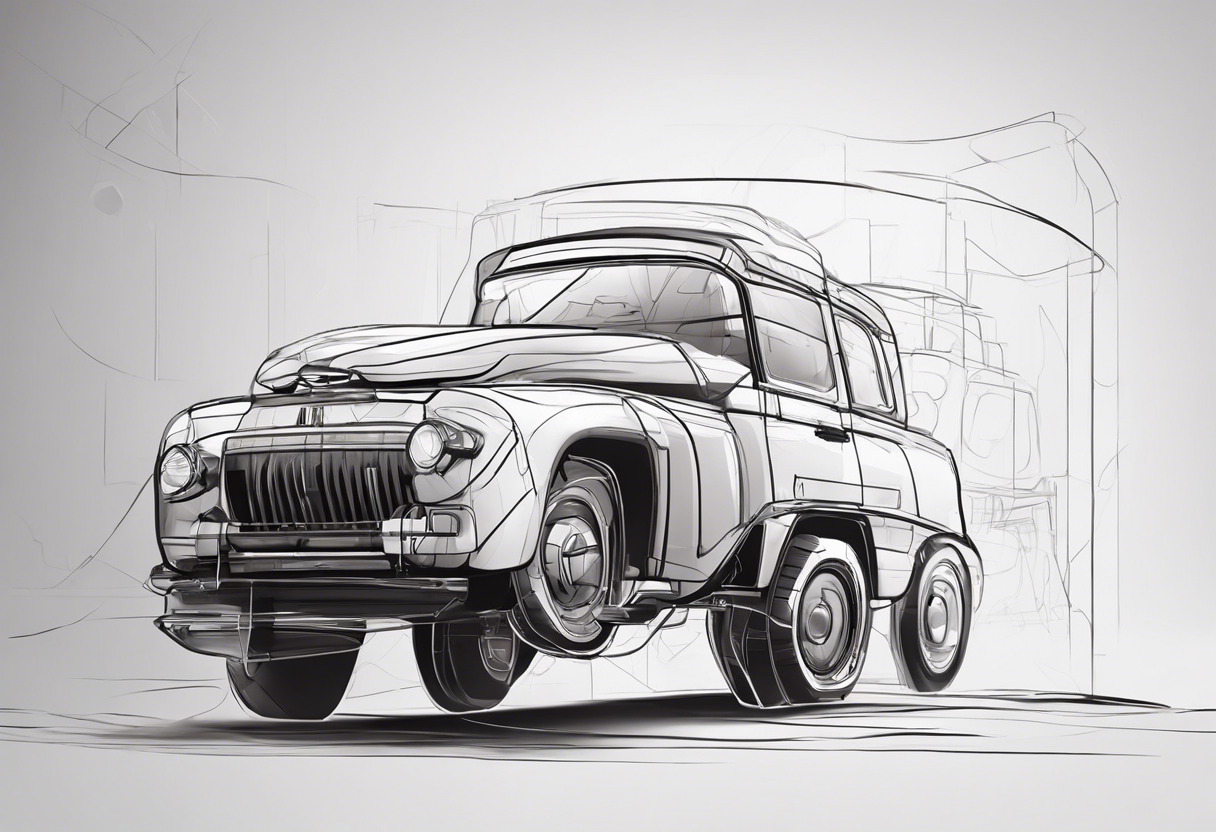
Digital Artists Seeking Advanced Features
For digital artists craving more advanced features or those seeking to embrace complex projects, Substance Painter again shines. It offers advanced texturing tools, 8k texture baking, alongside an interface similar to Photoshop. Features such as masking, particle effects brushes, and more, give it an edge for advanced users.
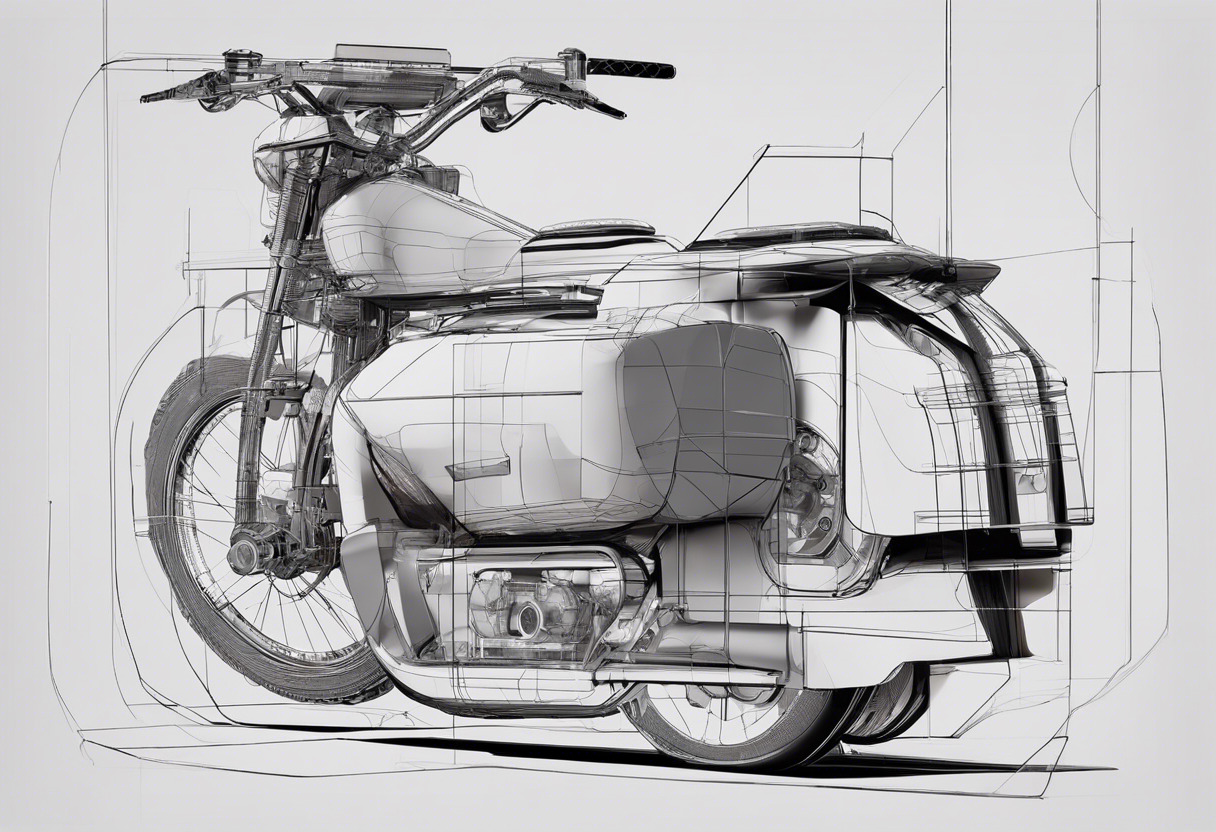
In sum, Mudbox serves as an affordable, user-friendly choice for 3D beginners and those mindful of budget, while Substance Painter boasts superb, advanced features, making it preferable for game development and advanced digital artwork.
Tiffany Brise
Content writer @ Aircada, patiently awaiting a consumer AR headset that doesn’t suck.



